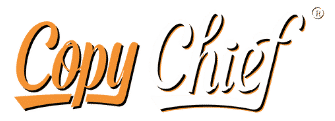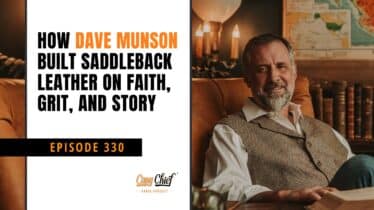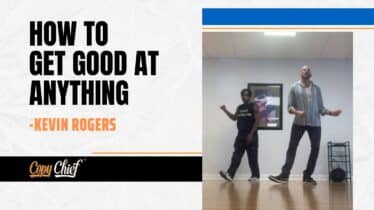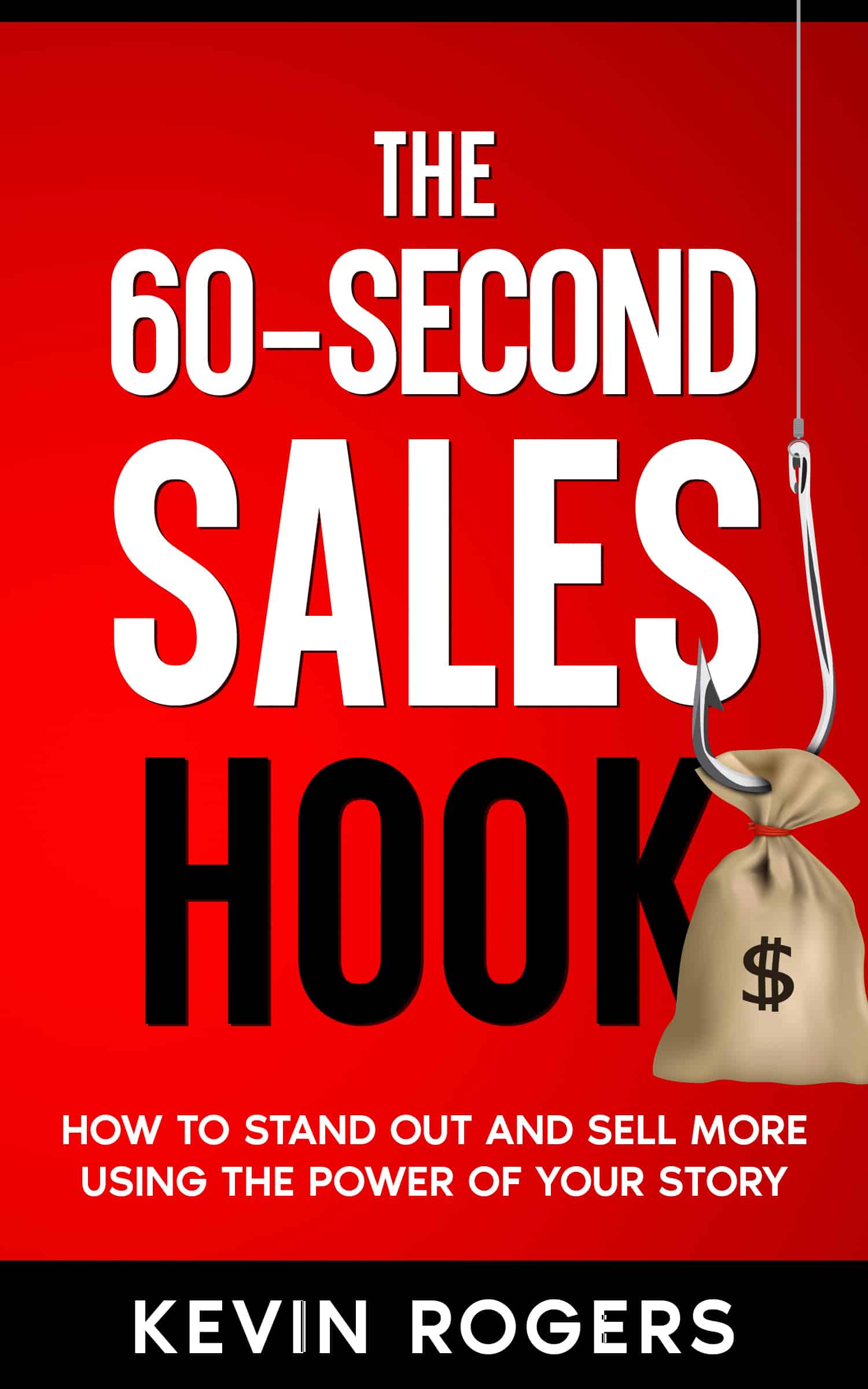Back in January when I asked you what you wanted to read more of in these Sunday Series emails…
I was thrilled to see “the craft” ranked so highly.
So, today, I want to deliver on that by digging into the technique I used in last week’s story “How to fight.”
This was an ambitious one, on a very tight deadline.
One of my “Achilles’ heel” as a writer is needing to be close to the story before I can write it.
Which means I’m always pushing deadlines.
Not by choice; by necessity.
I just have to be close to “the event” in order to feel it.
For instance, if I’m booked to give a talk, I CANNOT decide on my topic (and deliver any slides) to the organizers more than a week before the event.
As a guy who puts on events, I empathize with how challenging this is to the tech team.
Yet, I can’t seem to change it. (Believe me, I’ve tried.)
Maybe it’s my stand-up instincts, bred into me during ten years of reacting to live crowds–in real time–that I can’t shake.
But, the fact is… I’m not able to “set it and forget it” as a creative.
Is what it is.
I hope you can be better than me on this.
Deadline dancing is dangerous for freelancers.
Let’s take a closer look at some of the techniques and tactics I used in the “fight story”…
The Timeline:
I started writing the “fight story” last Friday.
Spent about two hours on it that day.
I knew I had to deliver on my promise to wrap up the story from a week prior…
Which included a cliffhanger about the time my daughter dared me to join a scary looking fighter’s gym near our house when she was six-years-old.
Original intent:
I thought I’d just tell the story of walking in that first day, nervous, out-of-place, and out of my element…
And what I learned from Bill, the older dude who I was paired with to spar, and how he schooled me with ease and taught me a poignant lesson about never turning away from an attack.
But… then the “flashback” to my fight with Jimmy emerged, and I became enamored with the idea of playing with the parallel storylines.
So, I asked my publisher, Joshua, if he was available to queue it up on Saturday and he agreed. (Thank you, friend!) (Shout out to my amazing assistant, Sara, for proofing on Saturday as well.)
In honor of not making the same requests this week… and it being 12:21 am on Thursday as I write this (with Wilson Pickett blasting in my headphones)… I’ll get to the meat of this “breakdown”…
Story Techniques:
Tactic: Begin a story in the middle of the action.
This story begins with action-driven dialogue.
Opening line: “Everybody circle up,” yelled Pete, the wiry, wild-eyed boxing instructor at Combat Fitness.
The goal here was to draw the reader into the scene and give enough context to space and time… whether or not they read the previous story.
If you’re writing a novel, you have the liberty of assuming the previous chapter has been read.
In email you can never assume the same. Every piece has to stand on its own.
“If I point at you, get on the mat, three-minute rounds.” is the next line.
Now we’re clear on the scenario.
The question is, who are the players?
The Characters:
Tactic: Identify who is telling the story and from what perspective.
In this case, the main character is me. First person narrative.
I stood awkwardly adjusting the tattered, sour-smelling headgear over my ears and scanned the other men in the circle.
I wanted to point out that, while Pete’s instructions were commonplace to every other fighter in the room, they were alarming to me… the newbie of the group.
The Senses:
Tactic: Bring your reader into the moment by engaging their senses.
Using simple descriptors like “tattered” and “sour-smelling” my goal was to draw the reader in, viscerally, to my reality in that moment.
I looked to bring the reader back to high school by reminding them how terrible cafeteria food tasted. “Tasteless salisbury steak.”
I described the rusty metal gate and piles of dogshit in “Laramy’s backyard” when I showed up for the fight with Jimmy.
The Symbols:
Tactic: Establish timelines using a “cinematic signal.”
In this case, I used the boxing round timer.
“DING!” The clock face counting down from 3:00.
And leaned on the visual countdown of the timer to establish the transition between scenes.
I also used the headgear as an ongoing anchor symbol of the awkwardness of being out of my element.
I detailed the postures of both fighters (Bill was efficient and calculated. Jimmy was mimicking how he thought a fighter should look.)
The Timeline:
Tactic: Build tension using parallel storylines.
This is the part where pushing the deadline leads to compromise.
With more time I could have done this more skillfully.
I’m not sure exactly what I would have done differently, but I know the opening is a bit too long for setting the pace of the rest of the piece.
The transition flows like this…
My heart was racing in a way I’d never felt before.
I’d had my share of skirmishes as a kid, but I was not a fighter.
Just didn’t have the gene.
Once, in the tenth grade, the neighborhood kids decided that there would be a showdown in “Laramy’s backyard” between myself and a guy I considered one of my best friends, Jimmy Stoupas.
A bit forced.
The “my heart was racing” line is kinda weak.
I could have done a better job of triggering the senses there.
But it does a serviceable job of setting up the parallel story.
The Dialogue:
Tactic: Use the “true to life” language of your characters.
I typically don’t curse very much in my writing. I look to save them for punch, or for instances where it would be inauthentic not to use them.
However, this story is about teenagers and fighters, and those people curse a lot. So it needed to be there.
Do what feels right for you, but, in my opinion, curse words carry more impact when they are used sparingly.
Okay, I gotta wrap.
I hope this was helpful.
Please let me know how you liked this and if you’d like more craft-focused ones like this.







